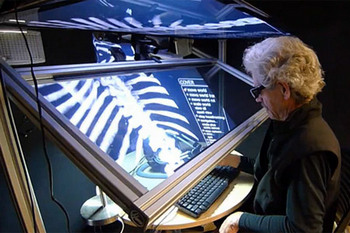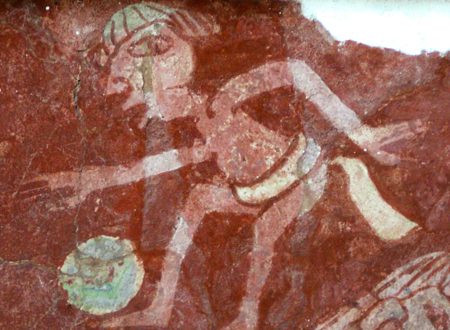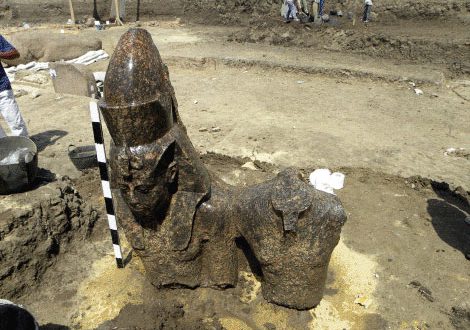 Archaeologists excavating the 5,000-year-old Tirnony Dolmen at Maghera, Northern Ireland say the best find of the dig so far a Neolithic flint blade suggests the ancient burial site is undisturbed.
Archaeologists excavating the 5,000-year-old Tirnony Dolmen at Maghera, Northern Ireland say the best find of the dig so far a Neolithic flint blade suggests the ancient burial site is undisturbed.
The Tirnony Dolmen or portal tomb is a single-chamber megalithic tomb, estimated to be about 5,000 to 6,000 years old.
In April this year, the ancient tomb’s massive capstone fell off, severely damaging one of the supporting stones.
The 4.5cm long, 1cm wide knife blade made from translucent flintin pristine conditionwas discovered inside the tomb.
There is no trace of the original handle, which has probably decayed.
The knife is likely a grave gift, left with the person laid to rest at the dolmen about 5,500 years ago. Its presence indicates that despite 19th century plumbing works near the ancient tomb there’s a good chance the burial itself is intact.
The finding of this flint knife has given us reason to be optimistic about the tomb interior,the NIEA archaeologistswrite on their excavation blog.
Firstly its position sitting on top of a newly uncovered layer encourages us that we are finally coming to the end of the disturbed upper soils and secondly it suggests to us that the tomb was not ‘excavated’ in the 18th or 19th centuries by antiquarians who frequently looted the artefacts but rarely recorded or published their work.
The excavations at the Tilnony portal tomb continue until the end of November. You can visit the dig and talk to the archaeologists on Fridays between 2pm and 4pm. You want tofollow the dig’s progress – especially now you know chances they will find an intact burial have risen significantly! 😉 – via the Archaeologists blog at blog.ni-environment.gov.uk/NIEA or on Facebook.




